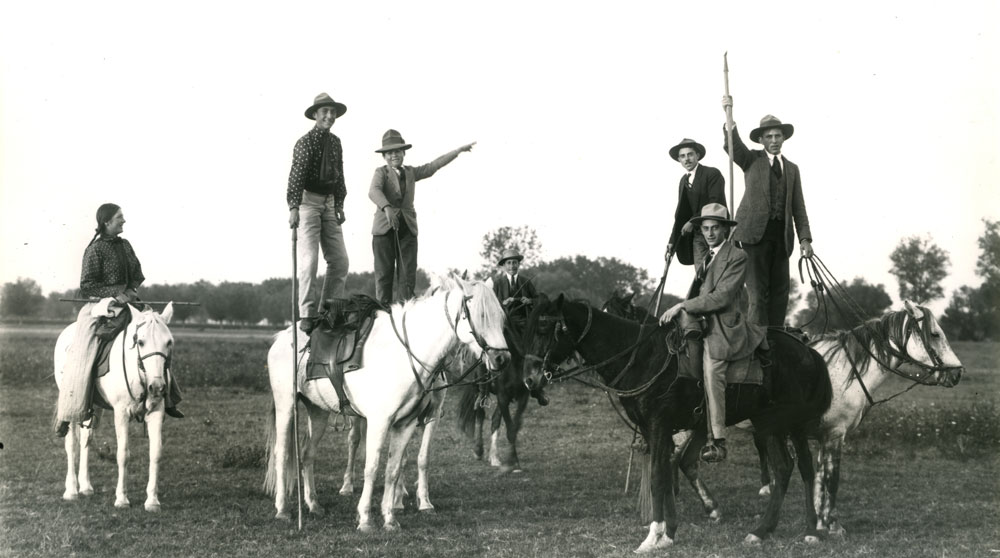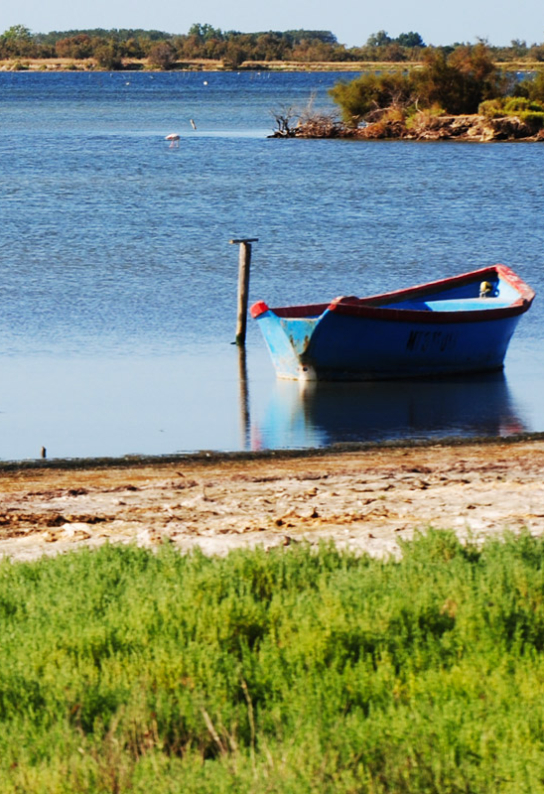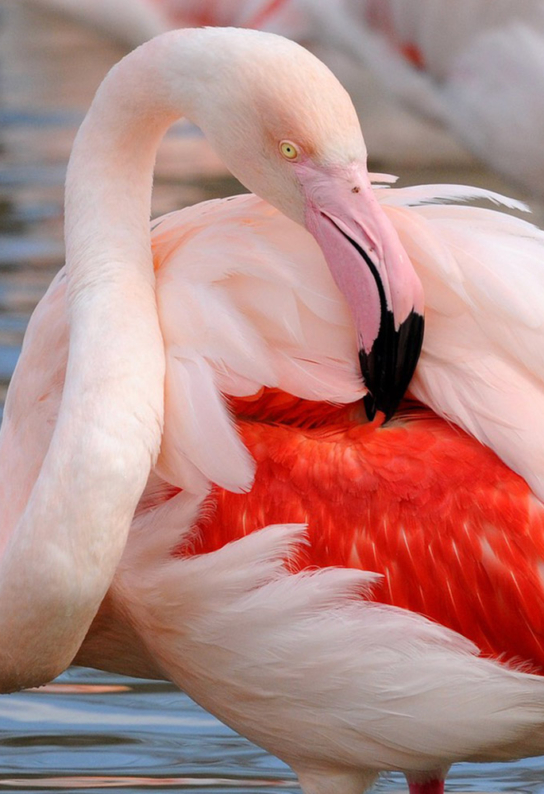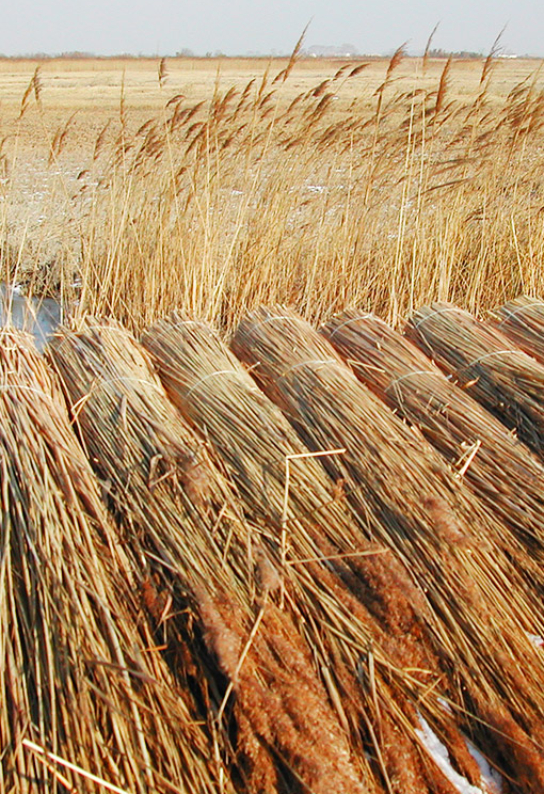Between the Rhône and the Mediterranean sea, bathed in salt and sun, the Camargue is a unique and fascinating land, both beautiful and fragile. The Camargue Regional Natural Park has been working for over 50 years to reconcile its preservation and human activities. From the upper Camargue and its agricultural lands, to the lower Camargue of ponds and marshes where horses and bulls graze, passing through the coastal Camargue of fishermen and saltshakers, this land reveals itself to the curious and daring who know how to take their time.
About water…
Prepare to be amazed : this is the first step to become aware of the importance to respect and protect this fragile environment
Shaped by the Rhône, the Camargue is the largest wetland in Europe and the second biggest delta of the Mediterranean after the Nile.
At its embouchure, the river opened its arms 6,000 years ago to form an island of 145,000 hectares giving way to world-renowned ecosystems and biodiversity.
Nature protection in these wetland of international importance is managed by different stakeholders. Almost the whole territory is a classified Ramsar and Natura 2000 site.
It is where you find the Réserve nationale de Camargue, the Regional Natural Park, the Conservatoire du littoral as well as voluntary nature reserves such as the Tour du Valat.
… and men
Born of a savvy alchemy made of freshwater and saltwater, sun and wind, the Camargue was also shaped by men.
The delta is marked by the imprint of saltwater floating in from the Mediterranean sea mixing with the overflows of the Rhône. This could have discouraged men, but over the centuries, they have adapted their way of life, shaping landscapes and ecosystems. First, there was the construction of dikes in the 19th century, followed by the implementation of irrigation and drainage. These complex systems have made it possible to regulate the wandering of the waters and give the Camargue a more stable appearance.
The Camargue has thus become over time, a land of cultivation and breeding. More recently, tourism has taken an important share in the local economy. People of the Camargue are well aware of the fragility of their territory. Many of them have chosen the challenge of extensive agriculture and ecotourism to ensure nature preservation and sustainable economy.







